I am still alive or rather I am still working. This time I had not free in the actual sense, but because of a conference at the Kansai University I had the opportunity to go to Osaka and could hang a day and a half to have a look around. Therefore this time 3 entries come consecutively, because I could make a few photos. As one could also hear from the news in Germany, on my day of arrival Typhoon Jebi came across Japan directly in the region around Osaka.
I didn’t collide directly with the typhoon, but I was still strongly influenced by it. I had originally planned to arrive in Osaka on time, but unfortunately this had not worked out. If I had travelled an hour earlier, it would have worked. So unfortunately I could not experience the storm myself in the center. I went from Shizuoka with the Shinkansen to Osaka. Normally this trip takes about 2 hours. But as the operation of the Shinkansen was stopped after a while for safety reasons, I had to wait in the train until the typhoon moved on. This took a while and even with our distance to the typhoon centre the wind and rain were already impressive. I know that at that time all traffic was stopped in Osaka. After the typhoon had moved on far enough, unfortunately the train did not go on. Because parts were blown onto the track and at least one tree bridged the overhead lines. That took a very long time, including changing Shinkansen twice. And after that it went on only with safety speed. Altogether I spent 17 hours alone in the train. So I fall into bed about 5.30 a.m. the next day, only to get up 1.5 hours later, because I had a conference and had to leave. Moreover, all over Osaka a lot of storm damages were visible.
Anyway, the next day I was free because it was a national conference and most of it was in Japanese, and the few English lectures were not so interesting.
First I visited Osaka Castle. The castle was built for the first time by Hideyoshi Toyotomi, one of Japan’s three unifying emperors. This castle was worthy as residence of the ruler of Japan. After his death and the following power struggle, the castle was destroyed in steps. Under the Tokugawa Shogunate, the castle was rebuilt. But bigger and different, because it was important to control the west of Japan. It took 10 years to rebuild and many buildings were destroyed later during the Meji restoration. The main tower was rebuilt after 1931. During the bombardment in World War II, the surrounding area was destroyed, but also restored and is now a historic park. This castle is one of Japan’s most important cultural assets and now houses a museum.
Next I was in Dotonbori, this is an area in the Namba district and is a popular tourist destination. This area is popular for the nightlife and all the restaurants. Because of the latter it is also known for “Kuidaore” (eating till you drop). At night I couldn’t watch it, but I was there during the day. During the day I also ate in a typical small restaurant, which is especially visited by the “salary men”, the typical Japanese employee.
I also strolled along a covered shopping street, which stretched over kilometers, only interrupted by street crossings from time to time.
In addition I could enjoy some beautiful side streets. In one was also the small Hozen-ji temple.
At the end of the day I was still briefly in Tenma and the Tenman-gu shrine.
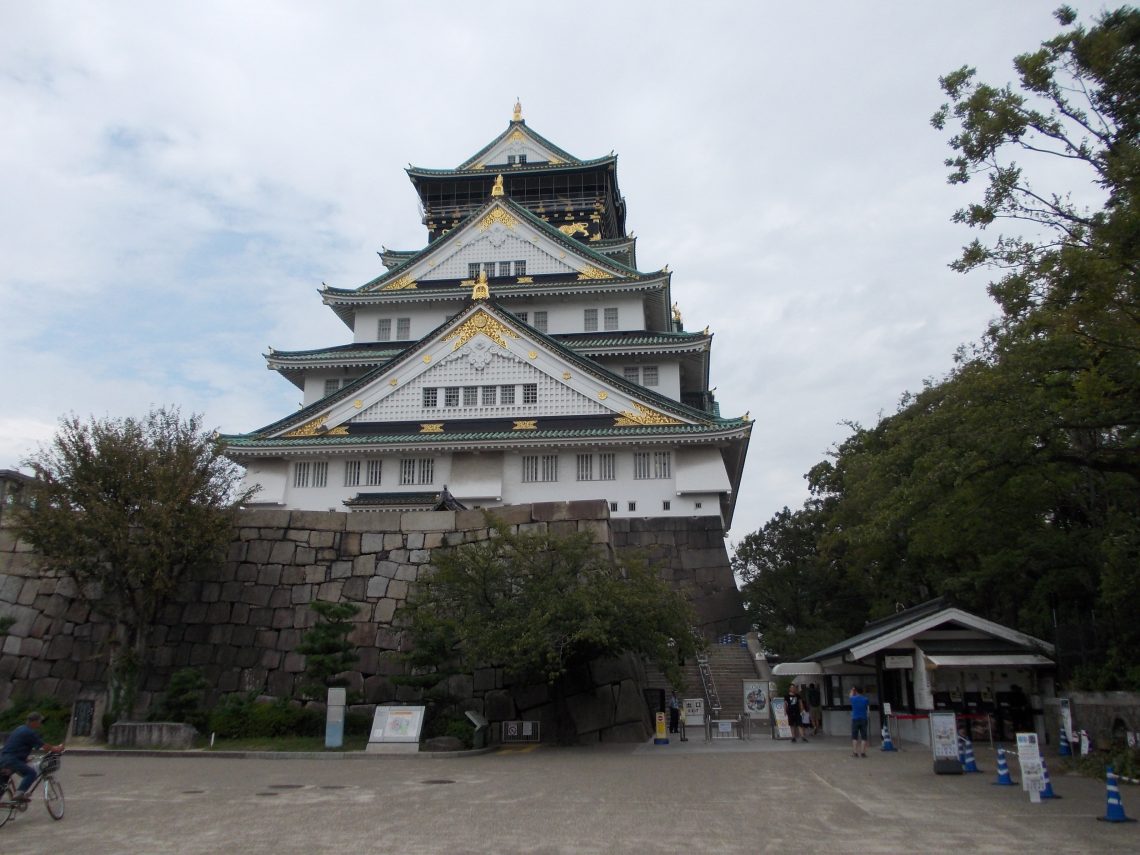



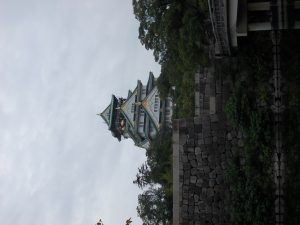
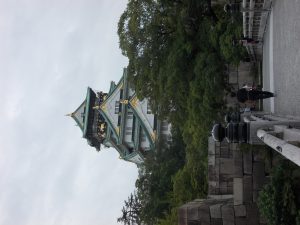




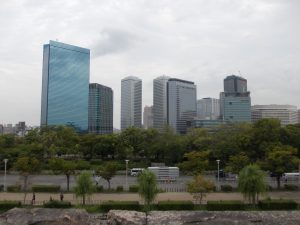
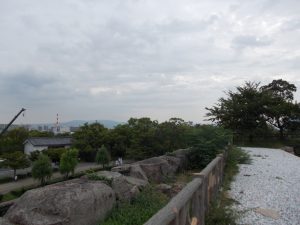

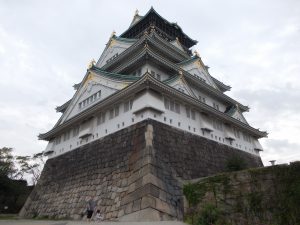

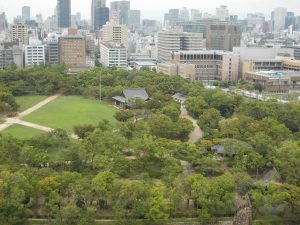


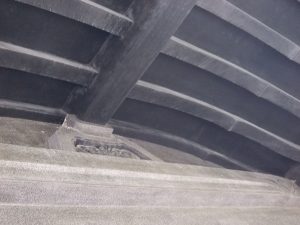
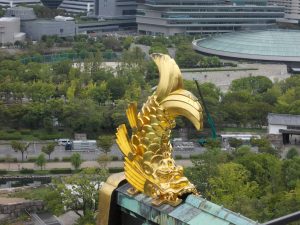
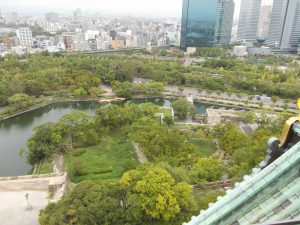
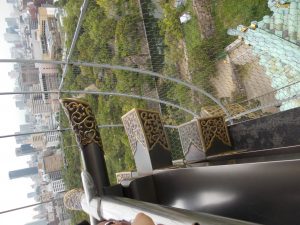
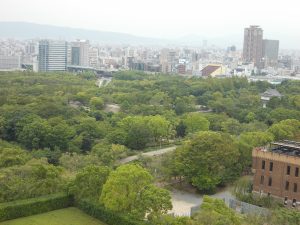
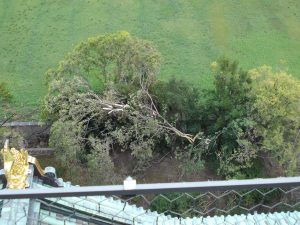

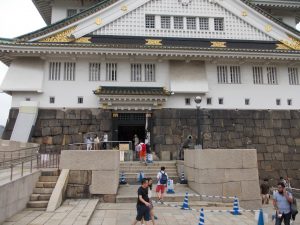
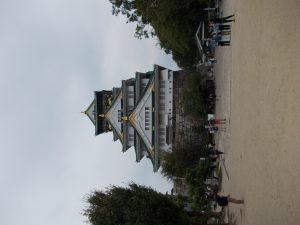



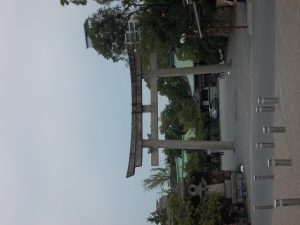
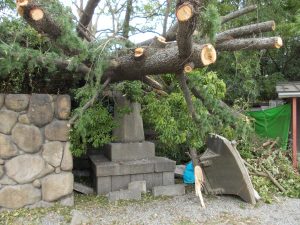
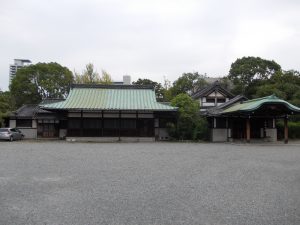

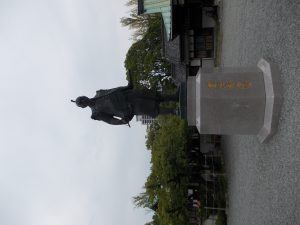
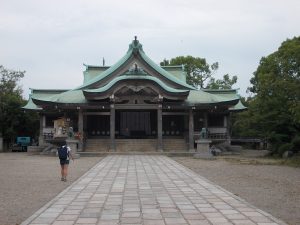
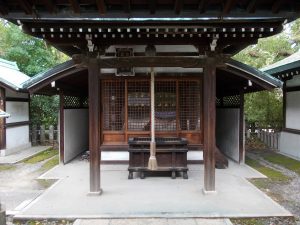

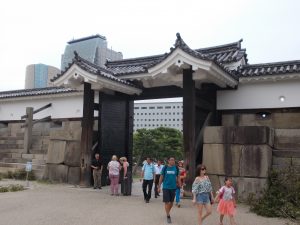
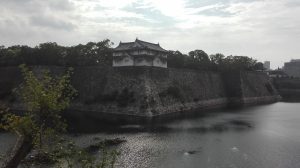
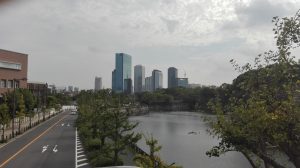
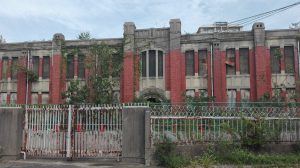

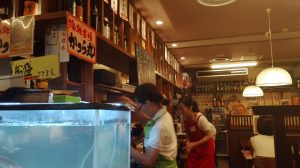



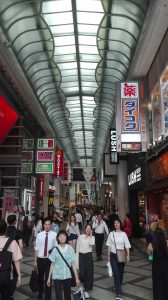
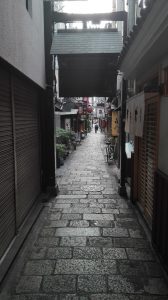


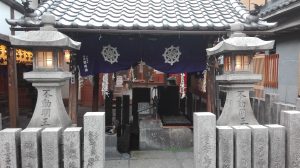

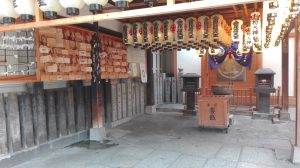
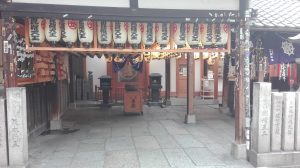



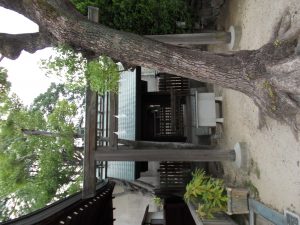

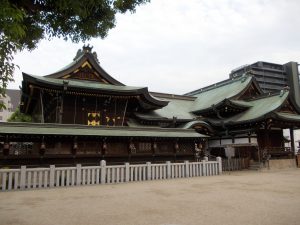





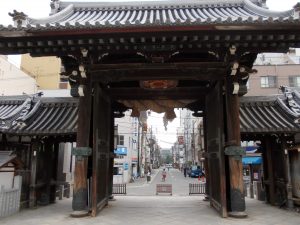
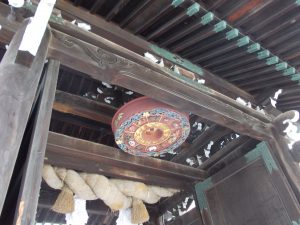
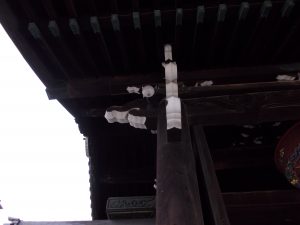



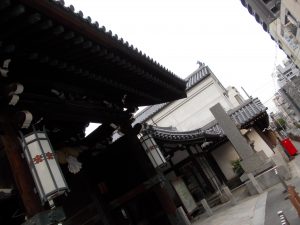
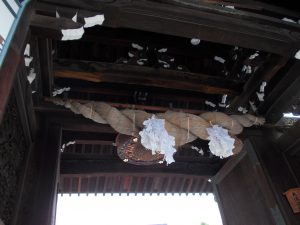
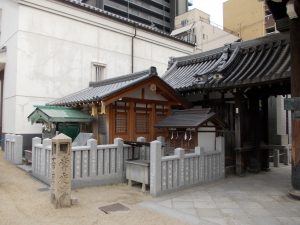

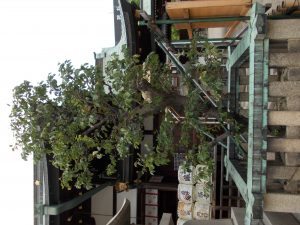













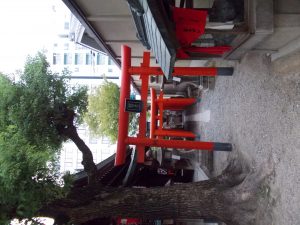

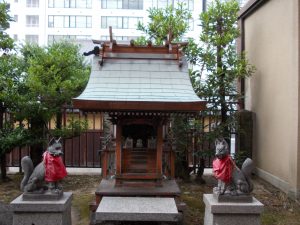
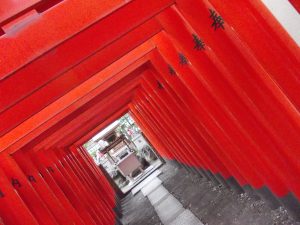
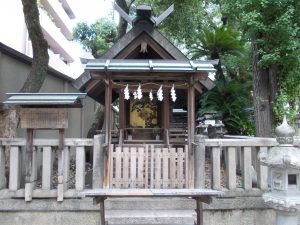
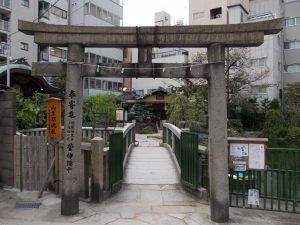
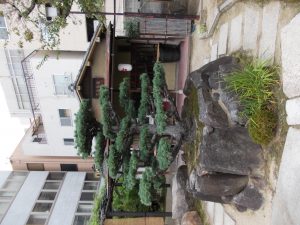

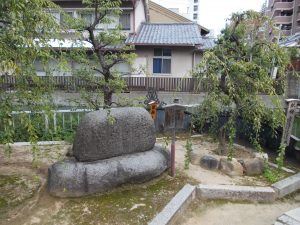

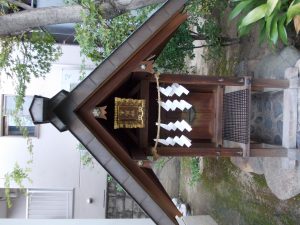
No Comments